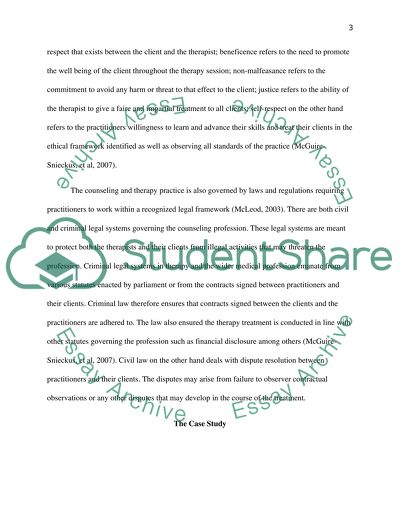Cite this document
(“Ethics and Law in Psychotherapeutic Practice Essay”, n.d.)
Retrieved from https://studentshare.org/psychology/1493307-a-case-study-in-ethics-and-law-in
Retrieved from https://studentshare.org/psychology/1493307-a-case-study-in-ethics-and-law-in
(Ethics and Law in Psychotherapeutic Practice Essay)
https://studentshare.org/psychology/1493307-a-case-study-in-ethics-and-law-in.
https://studentshare.org/psychology/1493307-a-case-study-in-ethics-and-law-in.
“Ethics and Law in Psychotherapeutic Practice Essay”, n.d. https://studentshare.org/psychology/1493307-a-case-study-in-ethics-and-law-in.


